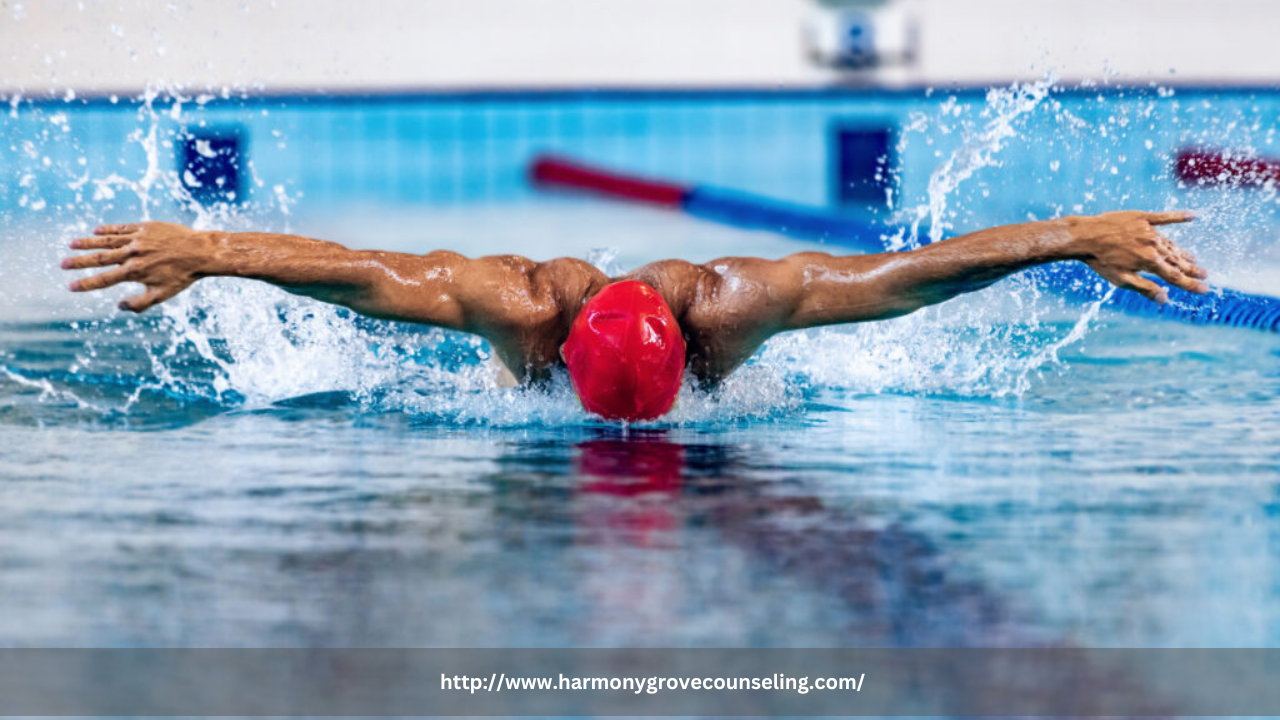From the outside, elite swimming appears to be a sport of grace, strength, and success. Audiences see gold medals, record-breaking times, and smiling podium photos. What often remains unseen, however, are the silent struggles that unfold beneath the surface — the mental, emotional, and physical battles that elite swimmers endure in the pursuit of greatness.
For professional swimmers, the road to success is grueling and relentless. Training regimens can demand up to six hours a day, six days a week, blending intense swim sessions with weight training, dryland workouts, and stretching routines. The physical toll is enormous: shoulder injuries, chronic fatigue, and immune system suppression are common companions for those pushing their bodies to the limit. Unlike sports with clear off-seasons, swimmers often experience year-round pressure to stay in peak form, leaving little time for recovery.
But perhaps even more taxing than the physical demands is the psychological burden. Elite swimmers often grow up in an environment where performance is deeply tied to identity. As a result, self-worth can become dangerously intertwined with race results. A poor showing at a single meet can spark feelings of failure, anxiety, and self-doubt. Over time, the pressure to perform — whether from coaches, sponsors, media, or even themselves — can lead to mental health struggles, including depression, anxiety disorders, and burnout.
The culture within competitive swimming can also amplify these challenges. Historically, mental toughness has been celebrated as a defining trait of great athletes. While resilience is crucial, it can sometimes discourage swimmers from seeking help when they are struggling. Admitting to mental health issues is too often seen as a weakness, leading many to suffer in silence.
The isolation inherent in swimming further complicates these struggles. Long hours staring at a black line on the bottom of a pool, combined with early morning practices and strict training diets, can create a sense of separation from peers outside the sport. Missed social events, holidays spent at training camps, and constant travel to competitions mean many swimmers sacrifice a “normal” life from a very young age. The loneliness can be profound, even as fans cheer from the stands.
In recent years, however, more swimmers have started speaking openly about their experiences. Olympic champions like Michael Phelps and Simone Manuel have publicly shared their battles with depression and anxiety, helping to destigmatize mental health conversations in the swimming world. Their courage has sparked important dialogue and encouraged support systems to become a greater priority within the sport.
Recognizing the hidden struggles of elite swimmers does not diminish their achievements — it deepens our appreciation for them. Each medal represents not just a victory in the pool, but a triumph over countless invisible obstacles. As fans, coaches, and fellow athletes, it is crucial to support the whole person, not just the performance, and to celebrate resilience in all its forms — including the bravery to ask for help.
Beneath the surface, the fight for gold is not just physical — it is a deeply human journey, filled with both extraordinary victories and the quiet, courageous battles that often go unseen.


